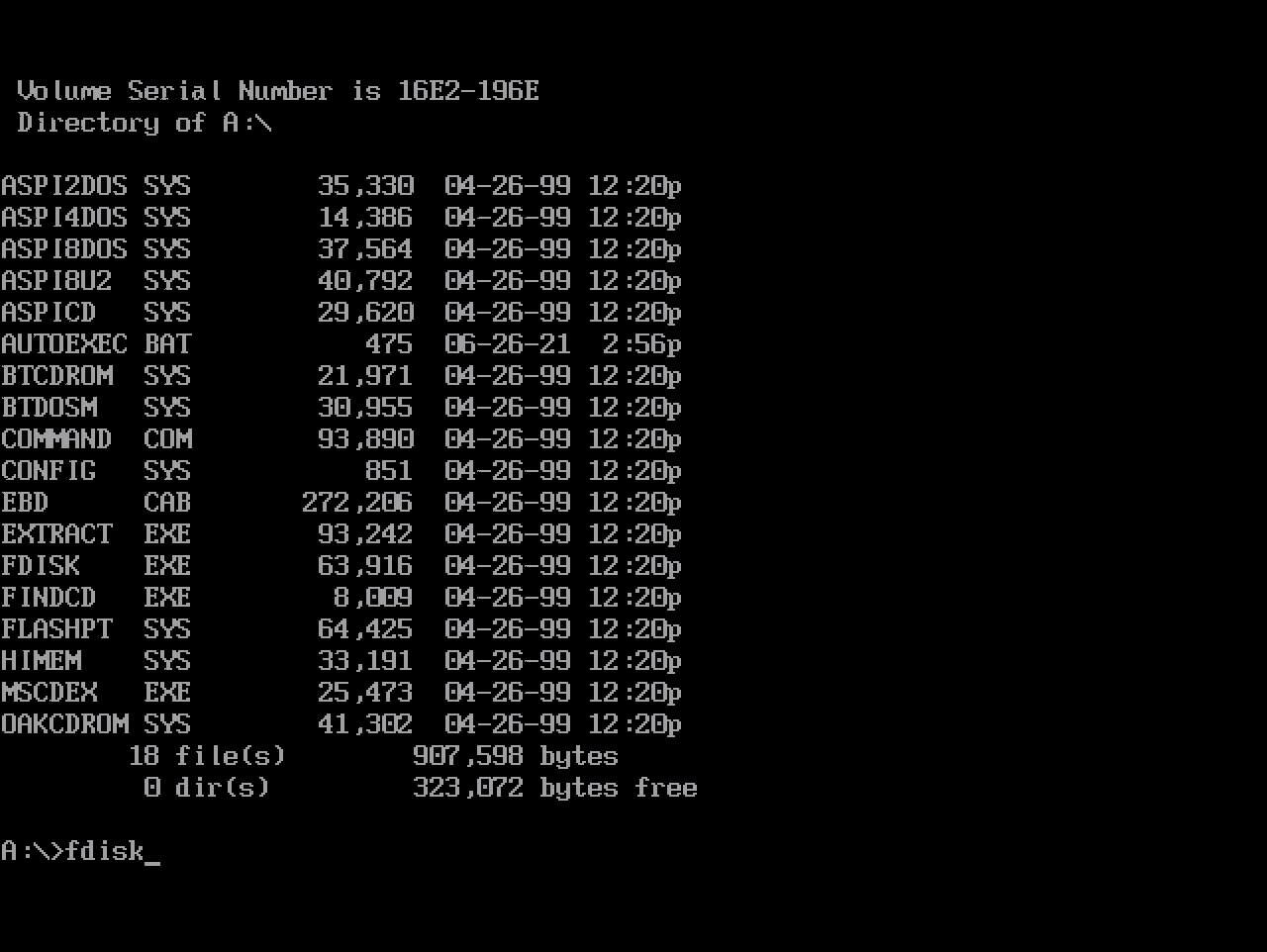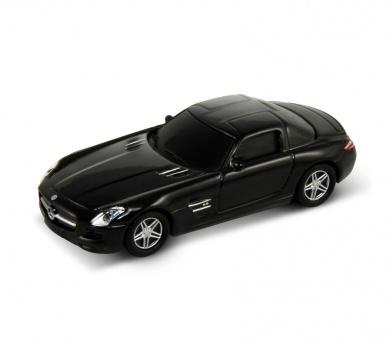

- #STAPLES.COM FLASH DRIVE FOR WINDOWS 98 INSTALL#
- #STAPLES.COM FLASH DRIVE FOR WINDOWS 98 DRIVERS#
- #STAPLES.COM FLASH DRIVE FOR WINDOWS 98 SOFTWARE#
#STAPLES.COM FLASH DRIVE FOR WINDOWS 98 DRIVERS#
When prompted with the DOS configurations, select "no drivers (emergency)" configuration. Notice that this time, C: will be assigned to the internal storage (which eliminates bugs) Unplug the USB drive, and now boot from the internal storage. D: - your HDD drive letter, seemingly always./s - to tell xcopy to copy all of its subfolders, source.While still USB plugged in, copy over the ISO and SW folders onto the hard drive,
#STAPLES.COM FLASH DRIVE FOR WINDOWS 98 INSTALL#
Install the base (minimalistic) package without sources At one time what worked for me if getting a second small USB stick that it could somehow see, writing an Easybcd BIOS extender onto itĪfter having booted up, do install FreeDOS onto the to-be Windows 9x machine.

If you cannot, you are probably into the world of pain. Go to BIOS and see if you can boot off your USB stick Unplug the device and plug it to your to-be Windows 9x machine.
#STAPLES.COM FLASH DRIVE FOR WINDOWS 98 SOFTWARE#
Then copy the folder onto your flash device.Īlso copy the drivers and software you need to the folder SW on your USB flash drive Open your Windows 9x image and extract the image contents to some folder ISO (you could use your archiving app for this matter, too, not just UltraISO).

The image burning should take ~5 minutesĬlose UltraISO, open it back again. It seems like FreeDOS mainstream requires on the machine to support some extended CPU command set, not always found on legacy hardware.


 0 kommentar(er)
0 kommentar(er)
